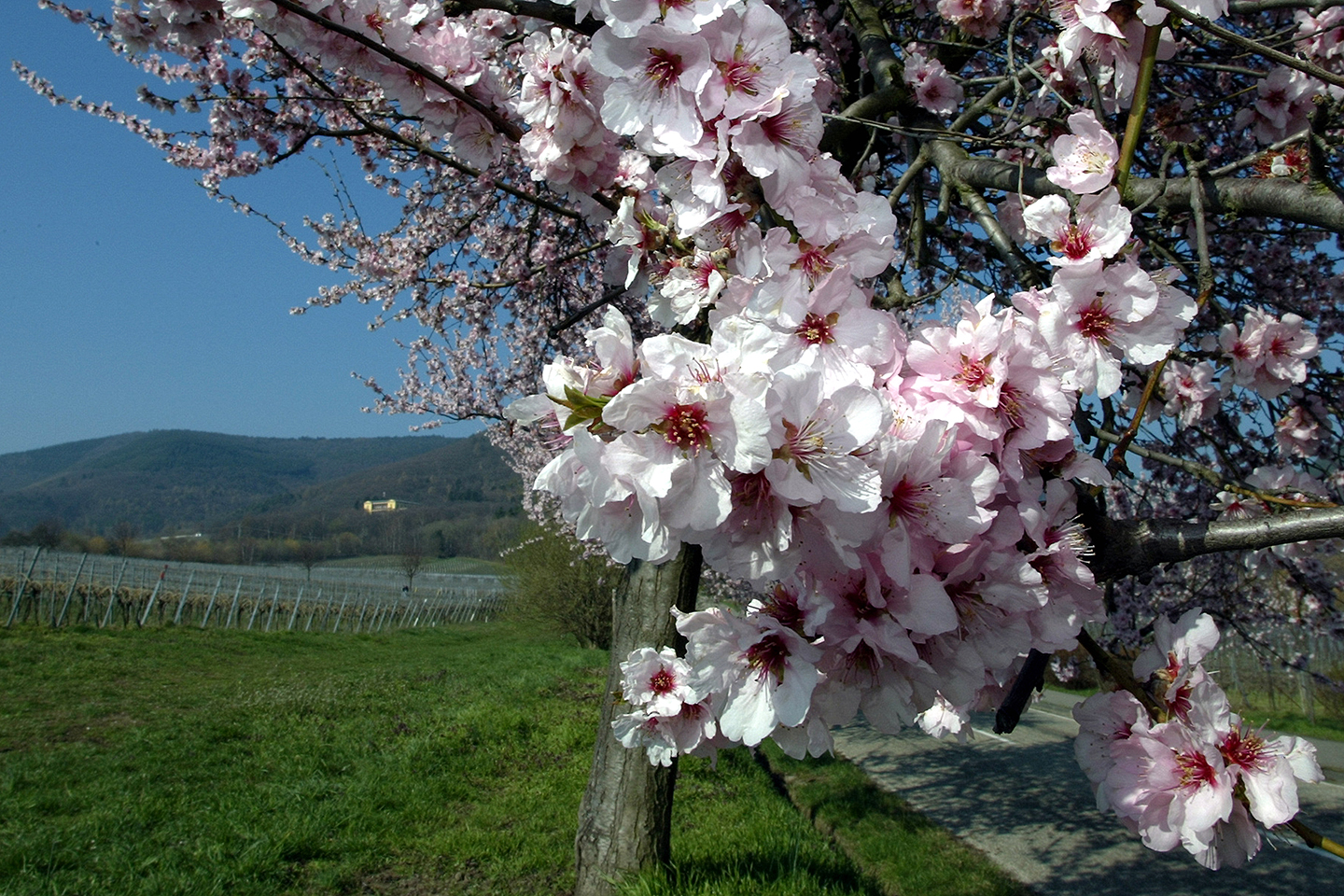Time for a Happy New Year Once Again
By Vivian Henoch, Editor myJewishDetroit
January 3, 2016
Just how many Jewish New Years do we have and why??
According to Jewish tradition there are four “New Year” days on the Jewish calendar:
- 1st of Nissan is the New Year for Kings and Festivals
- 1st of Elul is the New Year for the Tithing of cattle
- 1st of Tishre is the New Year for the counting of years (better known as Rosh Hashanah)
- 15th of Shvat is the marking of the New Year for the trees known as Tu B’Shvat
So, you may ask, why do we need so many different Jewish New Years? Nu, so I’ll tell you.
When you reflect on our good old Gregorian calendar, we celebrate the counting of the New Year as of the 1st of January (Happy 2016!). Every January 1st we mark time by adding another year to our calendar. However, we also count other New Years as well. Organizations have fiscal calendars which mark the counting of the annual budget year. (At Federation our fiscal New Year begins on June 1st). Each of us count our own individual New Years (ok, birthdays if you will) marking the day when we were born. So the concept of celebrating multiple New Years isn’t necessarily just a Jewish thing.
Before the institution of the Gregorian calendar, years were counted according to when the king was crowned and began his rule. During ancient Roman times, years were counted according to the reign of an emperor. When a new emperor was crowned, the year would reset to one and the counting would begin again. So, for example, today we would be living in the 8th year of Obama.
Some of the mitzvot (commandments) in the Torah require knowing the age of a tree or an animal to know whether or not it is eligible to be sacrificed or eaten.
“When you enter the Land and plant any tree for food, you shall regard its fruit as forbidden. Three years it will be forbidden for you, not to be eaten. In the fourth year, all of its fruit shall be set aside for jubilation before the Lord, and only on the fifth year may you use its fruit.” Leviticus 19:23-25
“Every year be sure to set aside a tenth part of all that your field produces.” Deuteronomy 14:22
To fulfill these and other commandments it’s necessary to know the age of a tree or animal. Since it would be impossible to keep track of an animal or tree’s exact birthdate to know how old it was, annual New Years days were established for all trees or all animals in any given year.
On Tu B’Shvat all trees become one year older, regardless if they were just planted last month or ten months ago.
Tu B’Shvat reminds us that even though in Detroit we may still be suffering through a frigidly cold winter, in Israel the almond trees have begun to bloom.




